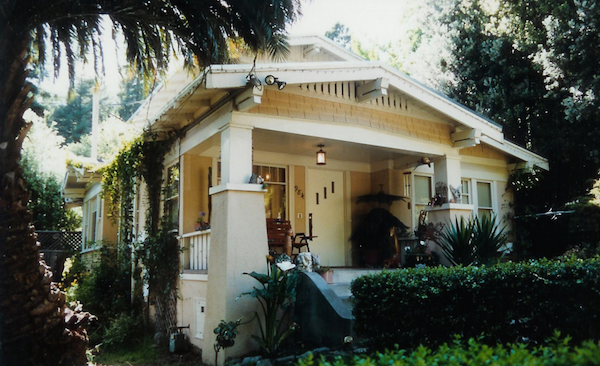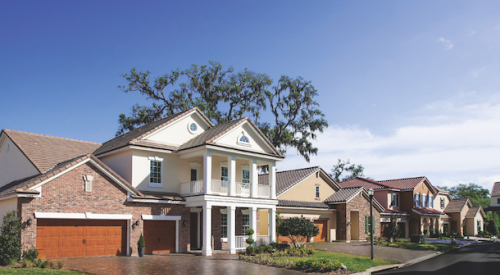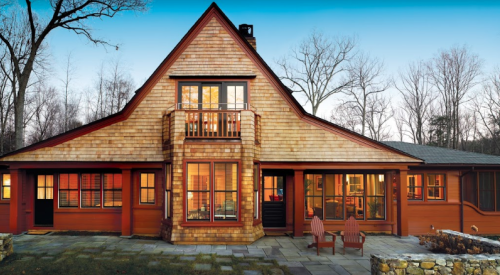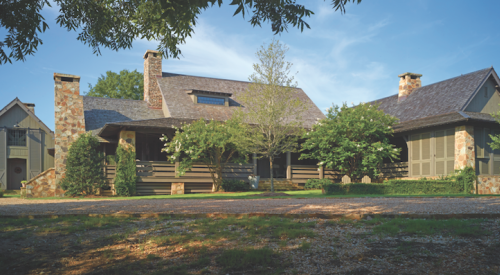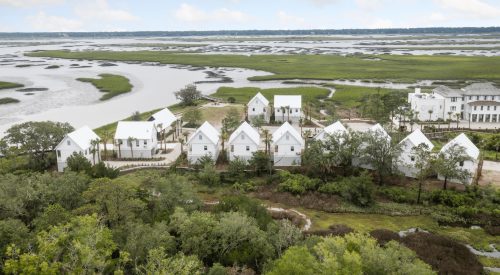One of my favorite childhood memories is spending weekends at my grandparents’ bungalow in Rockaway Beach, N.Y., during the summer. The bungalow was one of many located a few blocks from the beach. It was nothing fancy—an eat-in kitchen and living room on the main level and bedrooms upstairs. It got a little crowded when my aunts and uncles and cousins came for dinner, but aside from the spiders in the outdoor shower, I loved it.
According to Merriam Webster, a bungalow is either one or 1 1/2 stories, with a low-pitched roof and usually a front porch. That description is generic enough to fit the Rockaway Beach house. But when you start looking at regional variations, the bungalow has many interesting architectural characteristics.
Take, for example, the Chicago bungalow, or more specifically, the Berwyn bungalow. Berwyn is a western suburb of Chicago that has long taken pride in its historic homes. In June, the Illinois Historic Sites Advisory Council voted unanimously to move Berwyn’s bungalow district into the National Register of Historic Places.
According to an article in the Chicago Tribune, the Berwyn Historic Bungalow District boasts more than 40 styles of bungalows with a variety of porch configurations, window treatments, and other details. Many were built from 1920 to 1930, when the city was growing and the population booming. Multicolored brick, stained glass, and oak woodwork are typical of the single-family homes. Some have Spanish-tile roofs; others have asphalt shingles. All of them have dormers.
Berwyn is the latest Chicago neighborhood to obtain protection for its bungalows. The Historic Chicago Bungalow Association, formed in 2000, has created 11 districts throughout the city’s Bungalow Belt to preserve approximately 80,000 homes built from 1910 to 1945. Drive through any of these neighborhoods and you’ll quickly see how worthwhile it is to preserve them.
The bungalow has enjoyed popularity in other parts of the U.S., including the Northwest and Southern California. California bungalows are larger and more open to the elements, with deeper roof overhangs for protection from the sun. In the Northwest, bungalows have more robust roof systems to withstand heavy rains. Chicago bungalows are built out of brick, which was a cheaper and more readily available material at the time. They’re also narrower to fit city lots and have rear-loaded alleys for vehicle access.
No doubt my grandparents’ bungalow, along with its neighbors, was torn down long ago. It may not have had the architectural significance of the Berwyn beauties, but it has a sentimental attachment. For me, “bungalow” will always be synonymous with comfort, family, and joy.
